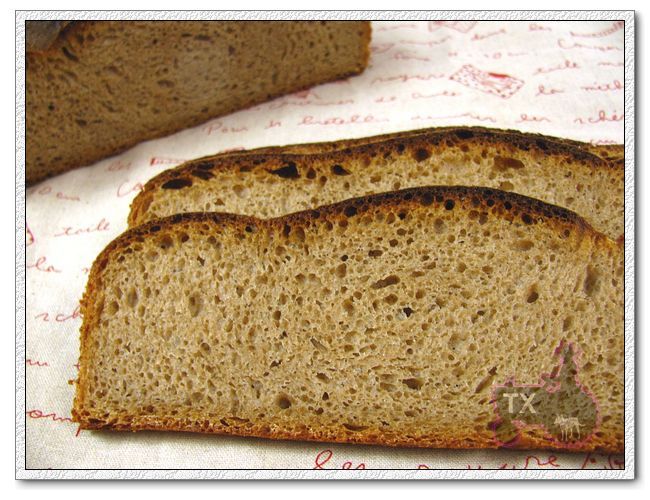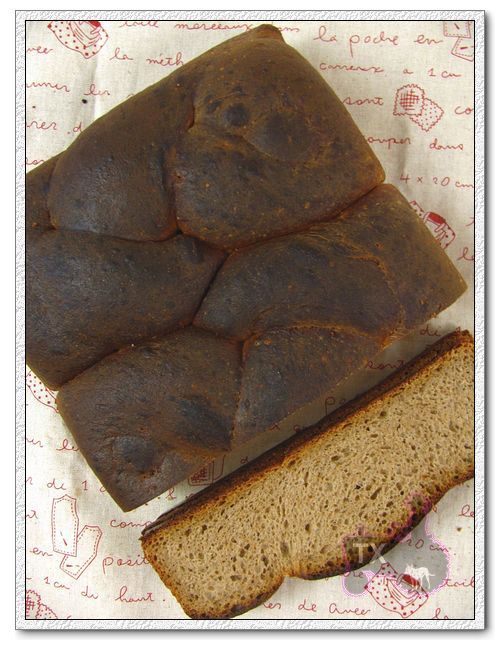
This is another recipe from "A Blessing of Bread", while the last sourdough challah from that book (I blogged about it here) was very traditional and authentic, this one, is definitely not. 75% of the flour is whole wheat, no eggs, just some oil and minimal honey to tenderize, no egg wash on the surface (the recipe suggests a cornstarch wash instead, I used butter), and a very hot/long bake to get the dark crust. It's not as eye catching as traditional golden challahs, but the taste is wonderful. The dark and hard crust contrasts nicely with the soft crumb, and complex ww flavor is enhanced by sourdough and long fermentation - different from all the other challah breads I've made and tasted, but got major charm of its own.

The following formula makes a 900g loaf, which is scaled down from the book:
-preferment
starter (60%), 22.5g
bread flour, 120g
water, 75g
1. Mix into a dough, cover and let rise for 8-12 hours.
-main dough
ww flour, 375g (I used King Arthur WW Flour)
water, 289g
salt, 9g
veg oil, 42g
honey, 15g
all of the preferment
2. Mix ww flour and water, autolyse for 20 minutes. Add other ingredients, mix well until glutens are well developed. About 12 minutes in my KA pro 6 mixer. See windowpane test below.
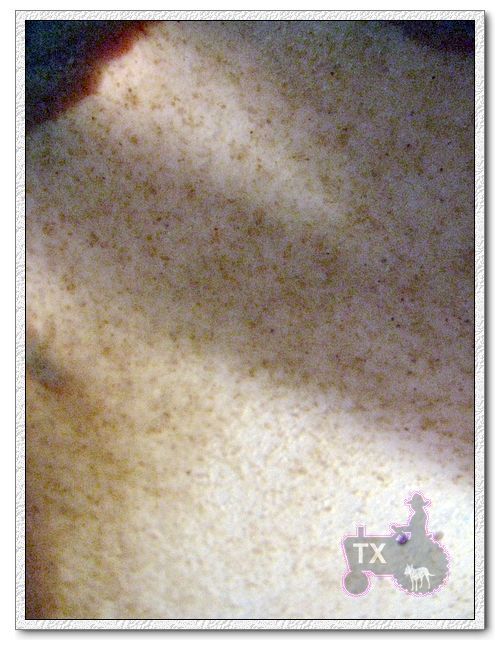
3. Bulk rise about 2 hours @73F.
4. Divide, round, relax, and braid. I tried two single braids in a 8inch squre cake pan.
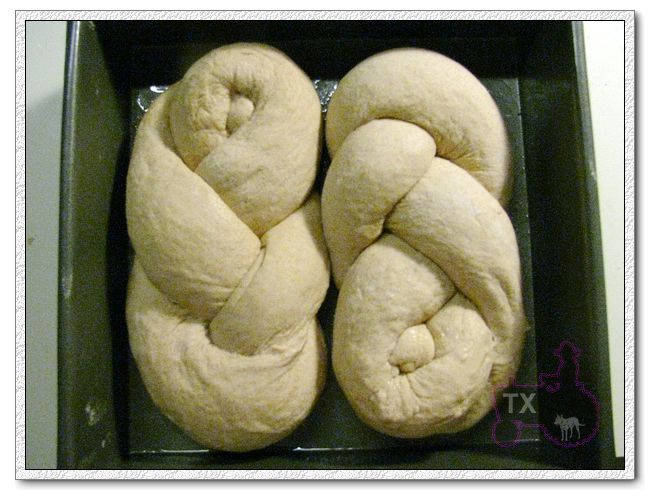
5. Proof @ room temp until triple in size and do not push back. About 5.5 hours in my case.
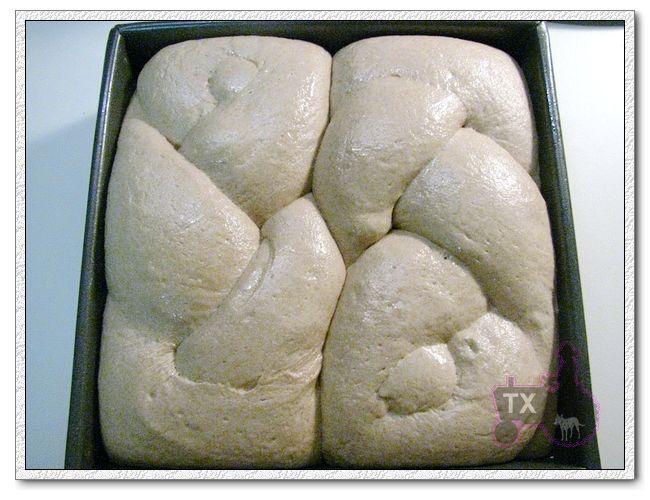
6. Spray water on the surface, bake @430F for 45 to 1 hour, 50min was perfect for mine.
7. In the mean time, prepare cornstarch wash by mixing 1tsp cornstarch and 1/3cup water, boil until solution becomes clear. Brush onto loaf when it's hot from oven. Cool for 5 minutes, brush again. Note that I did NOT do this, I brushed the warm loaf with melted butter. The crust got a bit soft from it, but flavor was great.
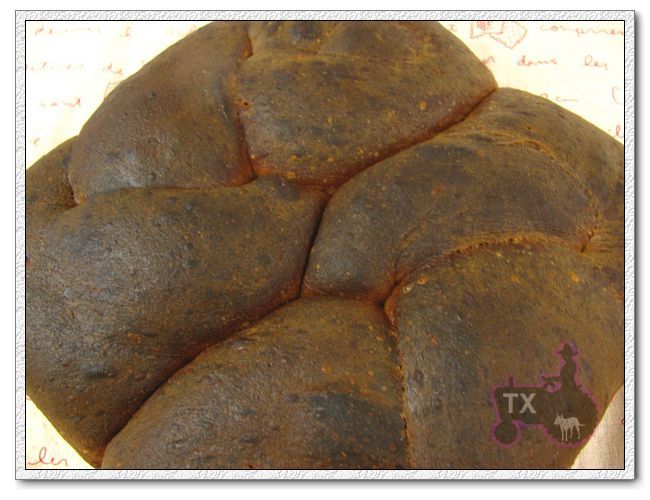
Judging from the dark and hard crust, I thought the crumb would be like a hearth ww bread, nope, it's actually soft and spongy, contrasts nicely with the crust.
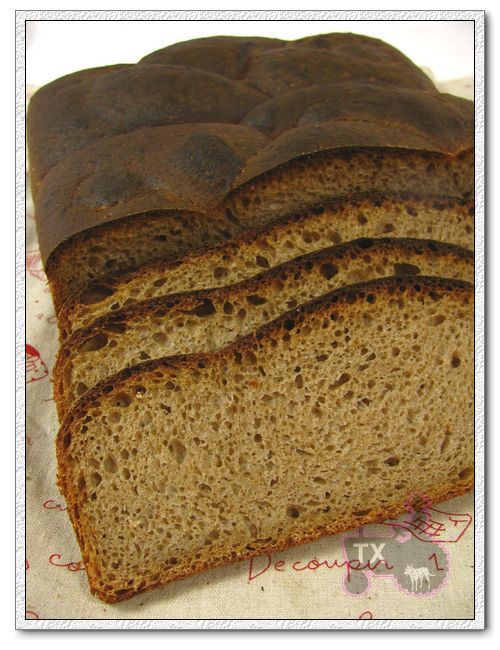
I love how WW breads taste, sourdough starter and long fermentation add yet another dimension to the flavor profile, definitely recommend it.
